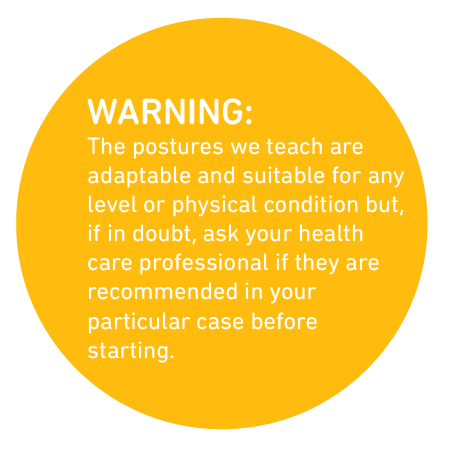Shoulders influence the head and neck, lower back and pelvis, the opening of the chest, the position of the arms, the capacity to curve and arch the spine, pressure and weight over the knees and ankles, and even which part of the feet we normally place on the floor, therefore affecting our balance and posture in a most significant way. Shoulder joint has way less stability than the hip joint, due to minimal osseous support, meaning that the head of the humerus is kept in place through a complex of tendons, labrum, joint capsule and ligaments. Clavicula is “floating” and Scapula is only kept in place, through another set of muscles. A lot of cuff rotators injuries happen, since the tonus of the shoulder stabilizing muscles can be lost through trauma, imbalanced use or very commonly in vet staff, by poor posture.
Although this is a series that you can decompose in specific exercises at your own rhythm, , you will sure benefit from a full continuous practice at home.






